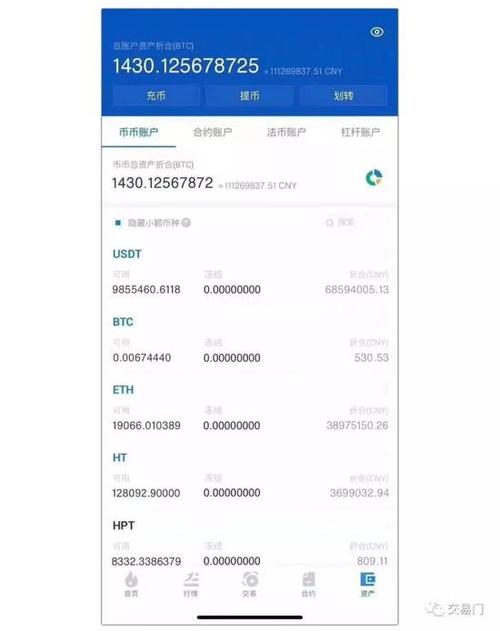
Understanding Bitcoin (BTC) Price Movement
Bitcoin, with the symbol BTC, is a decentralized digital currency that operates without a central authority or banks. Its price is determined by supply and demand in the market, which can be influenced by various factors. Let's explore the factors affecting Bitcoin's price movement:
The demand for Bitcoin is a significant factor affecting its price. As more individuals and institutions adopt Bitcoin as a store of value or investment asset, the demand increases, driving up the price. Factors such as economic uncertainty, inflation hedge, and institutional interest can fuel demand for Bitcoin.
Bitcoin has a limited supply capped at 21 million coins, making it a scarce asset similar to gold. The scarcity of Bitcoin is programmed into its protocol, with a controlled issuance rate through mining. When demand outstrips supply, the price tends to rise. The Bitcoin halving event, which reduces mining rewards by half approximately every four years, also influences its scarcity and price.
Market sentiment and speculation play a crucial role in Bitcoin's price volatility. Positive news, regulatory developments, or institutional investments can boost confidence and drive prices higher. Conversely, negative news or market manipulation can lead to price declines. Traders and investors speculating on future price movements also impact shortterm price fluctuations.
Technological advancements and upgrades to the Bitcoin network can influence its price. Improvements in scalability, security, privacy, or adoption of new technologies like the Lightning Network can enhance Bitcoin's utility and value proposition, potentially impacting its price positively.
Bitcoin's price can also be influenced by macroeconomic factors such as interest rates, inflation, geopolitical events, and market trends. Economic uncertainty or currency devaluation in traditional markets can drive investors towards Bitcoin as a safehaven asset, impacting its price positively.
Regulatory developments and government policies regarding cryptocurrencies can affect Bitcoin's price. Clarity and supportive regulations can boost investor confidence and adoption, while regulatory uncertainty or crackdowns can lead to price volatility and market turbulence.
Bitcoin's price movement is a complex interplay of various factors, including market demand, supply dynamics, sentiment, technology, macroeconomic conditions, and regulatory environment. Understanding these factors can help investors and enthusiasts make informed decisions when engaging with Bitcoin as an asset or investment.
